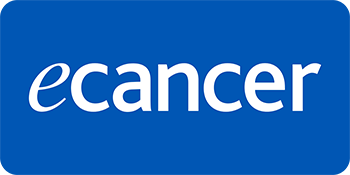Background: The Chemoradiotherapy for Oesophageal Cancer Followed by Surgery Study (CROSS) trial established a new benchmark in the management of oesophageal cancer with neoadjuvant chemoradiation followed by surgery with a marked benefit for squamous cell carcinomas (SCCs). We evaluate if the CROSS protocol can be safely implemented with a broader eligibility criteria in a real-world setting.
Methods: A retrospective analysis of 80 patients of SCC oesophagus was performed, who were treated with neoadjuvant chemoradiation with radiation therapy (RT) to 41.4 Gy/23 Fr/4.5 weeks and weekly paclitaxel and carboplatin, followed by surgery at our institute between 2012 and 2019. Eligibility for the use of this regimen was expanded beyond the limits of size and stage allowed in the CROSS trial.
Results: The median age of this cohort was 57 years (range: 39–78 years). Most of the patients (77/80; 96.3%) had T3 disease and 25% patients (20/80) had N2/N3 disease. Thirty-three patients (41.3%) had the disease beyond CROSS eligibility criteria. All patients completed planned course of RT and five cycles of weekly chemotherapy were received by 61 patients (76.2%). Overall pathological complete response (pCR) could be achieved in 33 patients (41.3%). Among 33 CROSS ineligible patients, 14 (42.4%) had pCR. Acute grade 3 dysphagia and grade ≥ 3 neutropenia were seen in seven cases (8.3%) and nine cases (10.7%), respectively. At a median follow-up of 16 months, 1-year and 2-year overall survival (OS) were 84.4% (95% confidence interval (CI): 73.5%–91.1%) and 76.3% (95% CI: 63.2%–85.2%), respectively, for the entire cohort. For CROSS ineligible patients, 1-year and 2-year OS were 82% (95% CI: 61.8%–92.2%) and 72.7% (95% CI: 50.4%–86.2%), respectively. On univariate analysis, patients who had pathologically N0 disease had significantly better 2-year OS (85.7% versus 48.4%; p = 0.03) as compared to pathologically N+ patients. On univariate and multivariate analysis, there was no significant difference in OS and progression free survival between CROSS eligible and CROSS ineligible patients.
Conclusion: CROSS protocol can be safely implemented for carefully selected patients of SCC oesophagus outside clinical trial settings with expanded eligibility criteria.







